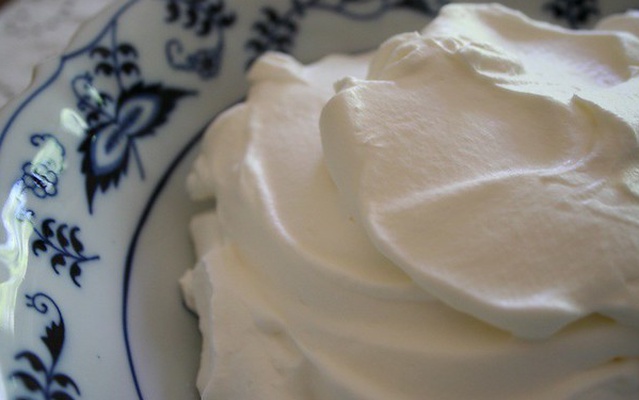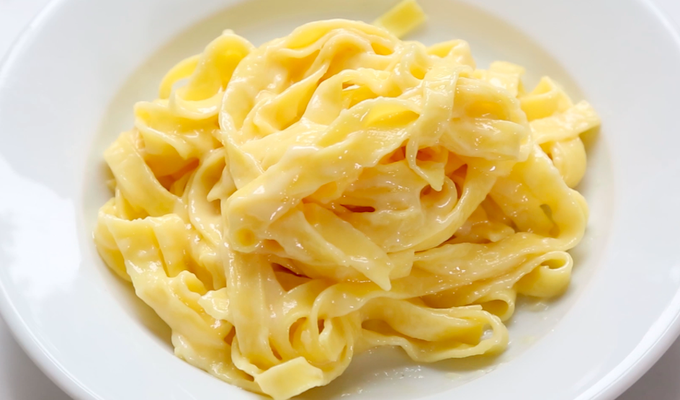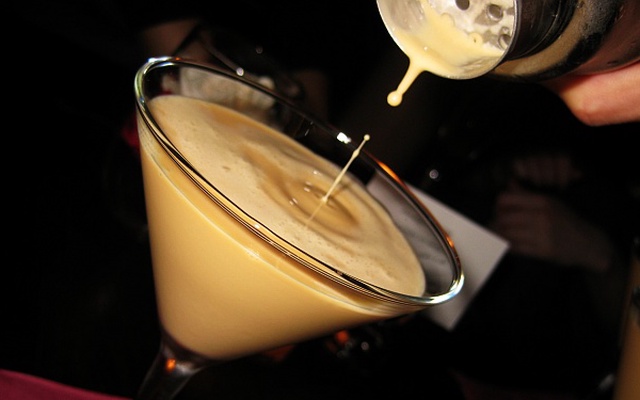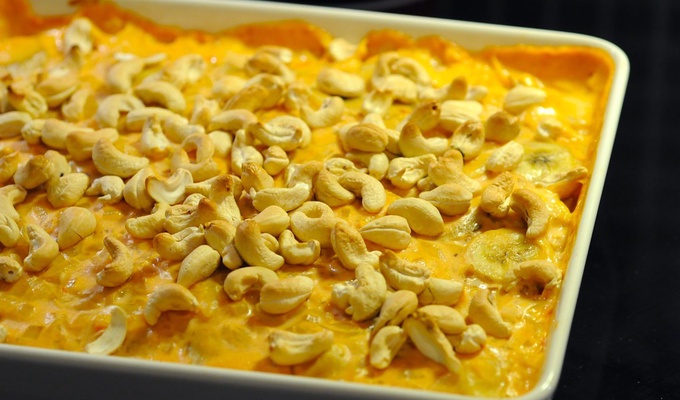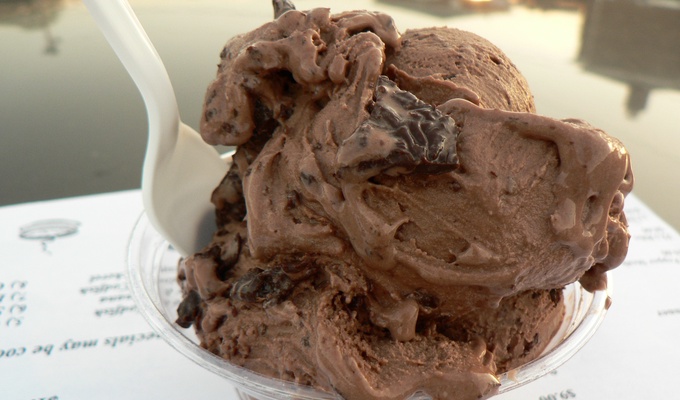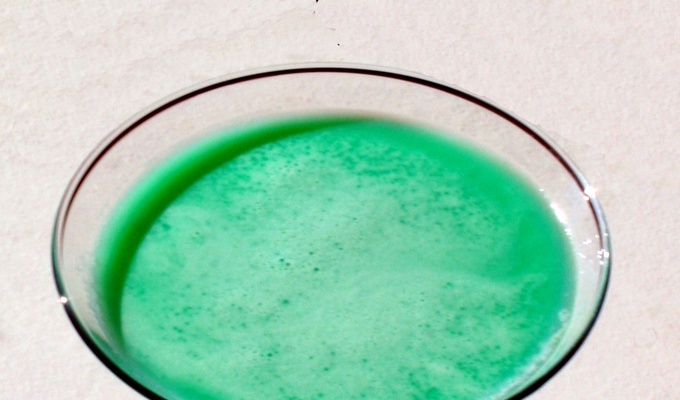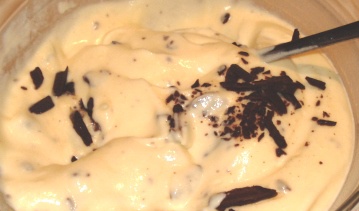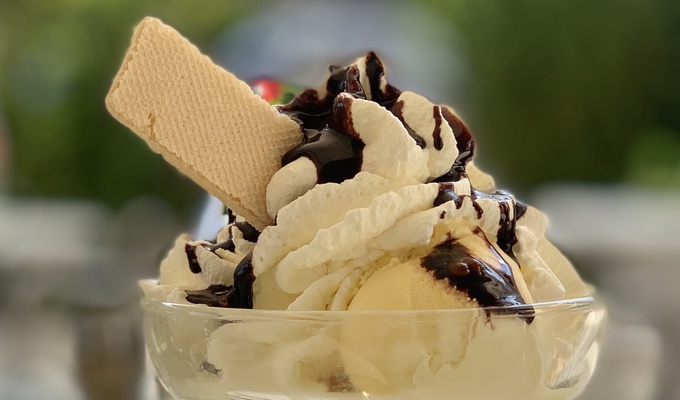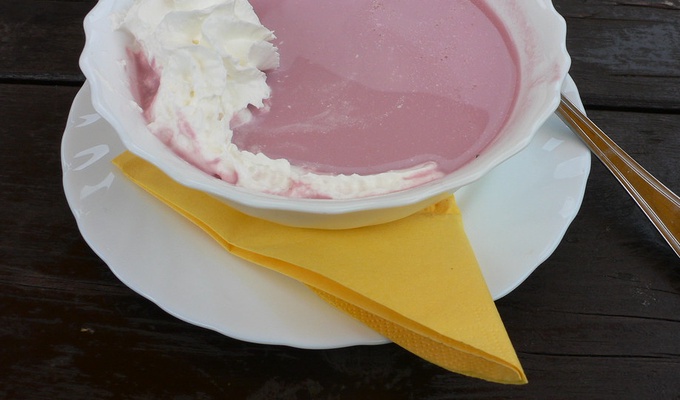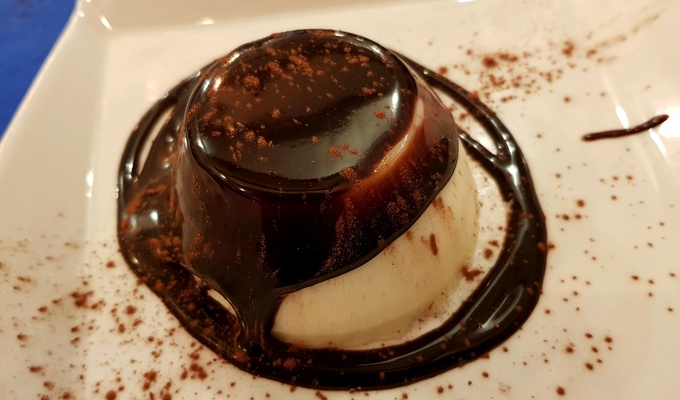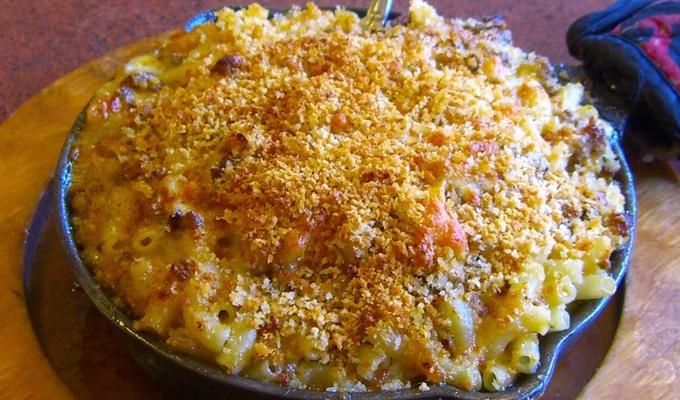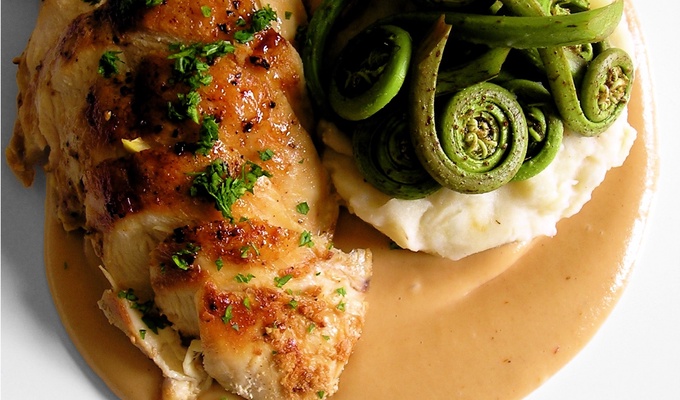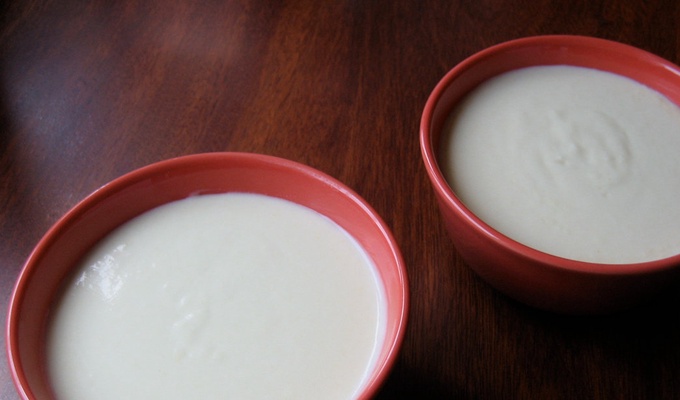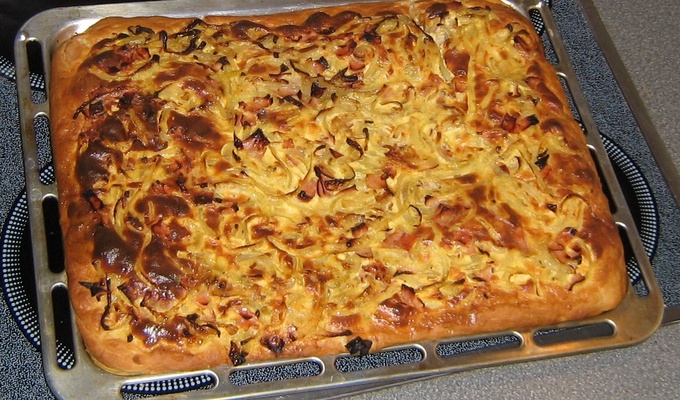Cream is a rich dairy product made from the high-fat part of natural milk. Cream occurs naturally in all mammal milks, and forms due to the force of gravity, which pulls the denser milk away from the lighter and more bouyant fat globules. The rich fatty layer gathers at the top of the milk, and is easily gathered by skimming it off, leaving the lower-fat milk below.
Most dairy cows produce milk with about 3.5% fat, which will naturally produce cream with about 20% fat. As seen below this product can be further concentrated to produce creams for specialized purposes.
How to store cream
Cream should be stored in the coldest part of the refrigerator but never allowed to freeze. Once it is opened, it is best within seven days.
Why is cream stable in cooking?
One of the most useful properties of cream in cooking is that it can be heated above boiling, or mixed with salty and acidic ingredients, without curdling. This property is due to the ability of fat globules to bind with casein milk proteins during heating, which prevents the proteins from adhering to each other and forming curds.
A sauce mixture that is at least 25% fat by weight can bind all of the casein in the milk and will have no thickening or curdling. If you are making a smooth sauce, choose a cream with at least this much fat. If you are preparing a dish that is thickened by milk's protein action, such as mascarpone cheese, a light cream must be used so there is some thickening power remaining.
What are the different types of cream in the United States and Europe?
Cream is produced in many different fat levels intended for different uses, and has many names in the United States and Europe. Plain whipping cream, at 35% fat, is the most versatile product. This chart summarizes the most common:
| Cream Type | Fat Content | Use |
|---|---|---|
| Half and half (US) | 12% (10.5-18%) | Coffee |
| Crème légère (Fra) | 12-30% | Coffee, pouring, enriching, whipping |
| Single cream (UK) | 18%+ | Coffee, pouring |
| Light cream (UK) | 20% (18-30%) | Coffee, pouring |
| Coffee cream (UK) | 25% | Coffee, pouring |
| Cooking cream (EMEA, Aus) | 30% | Sauces |
| Light whipping cream (US) | 30-36% | Sauces, whipping |
| Thickened cream (Aus) | 35% | Sauces, whipping |
| Crème fraîche† | 30-40% | Sauces |
| Whipping cream (US) | 35%+ | Sauces, whipping |
| Heavy cream (US) | 36%+ | Sauces, whipping |
| Double cream (UK) | 48%+ | Spreading |
| Clotted cream (UK) | 55%+ | Spreading |
| Plastic cream (US) | 68-85% | Spreading |
†Note that in the U.S. crème fraîche is always cultured and tart. In France, fleurette is “liquid” and épaisse is “thick.”
